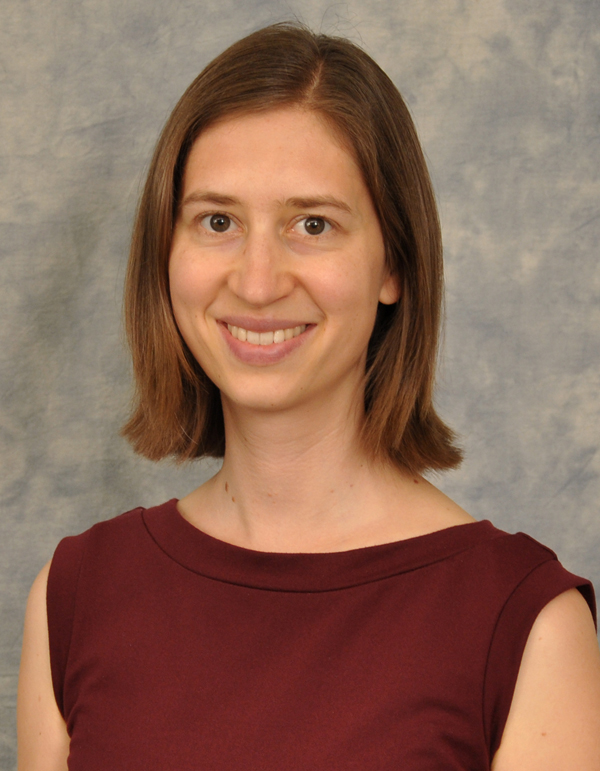MIPSE Seminar
Simulation-Guided Design of a MegaJoule Dense Plasma Focus
Add to Google Calendar

Abstract
A dense plasma focus (DPF) is a relatively compact coaxial plasma gun which completes its discharge as a Z-pinch. These devices have been designed to operate at a variety of scales in to produce short (<100 ns) pulses of ions, X-rays, or neutrons. LLNL has recently constructed and brought into operation a new device, the MJOLNIR (MegaJoule Neutron Imaging Radiography) DPF which is designed for radiography and high yield operations. This device has been commissioned over the last year and has achieved neutron yields up to 9×1011 neutrons/pulse at 2.2 MA pinch current while operating at up to 1 MJ of stored energy. MJOLNIR is equipped with a wide range of diagnostics, including activation foils, neutron time of flight detectors, a fast framing camera, optical light gates, and a time-gated neutron and x-ray imager. LLNL also runs unique particle-in-cell (PIC) simulations of DPF in the Chicago code, and has been able to gain significant insight into the physical factors that influence neutron yield. To that end, MJOLNIR is one of the first DPFs whose design and continual upgrades are heavily influenced by predictive modeling. In this presentation, we will describe insights from modeling, device operation, and recent results. Preliminary x-ray and neutron images will also be presented.
Biography
Dr. Andrea Schmidt is group leader of the Plasma Engineering Group and Associate Program Lead for Pulsed Power Fusion Plasmas at Lawrence Livermore National Laboratory (LLNL). She received her Ph.D. in Physics from MIT and her BS in Physics from the U. of California/Berkeley. She joined LLNL as a postdoctoral researcher in 2011 and joined the staff in 2013. As a postdoc, Schmidt was involved in electrical grid research, and modeling the dense plasma focus (DPF) device. She performed the first kinetic modeling of a DPF, demonstrating that a particle approach was needed to capture beam formation and neutron yield. She is now leading several projects in DPF research including the development of a large MJ-class DPF experiment built for flash neutron radiography. Schmidt also led modeling and experimental efforts for magnetron sputtering and was part of a team investigating a shear-flow-stabilized z-pinch configuration for controlled fusion.
 MENU
MENU 
